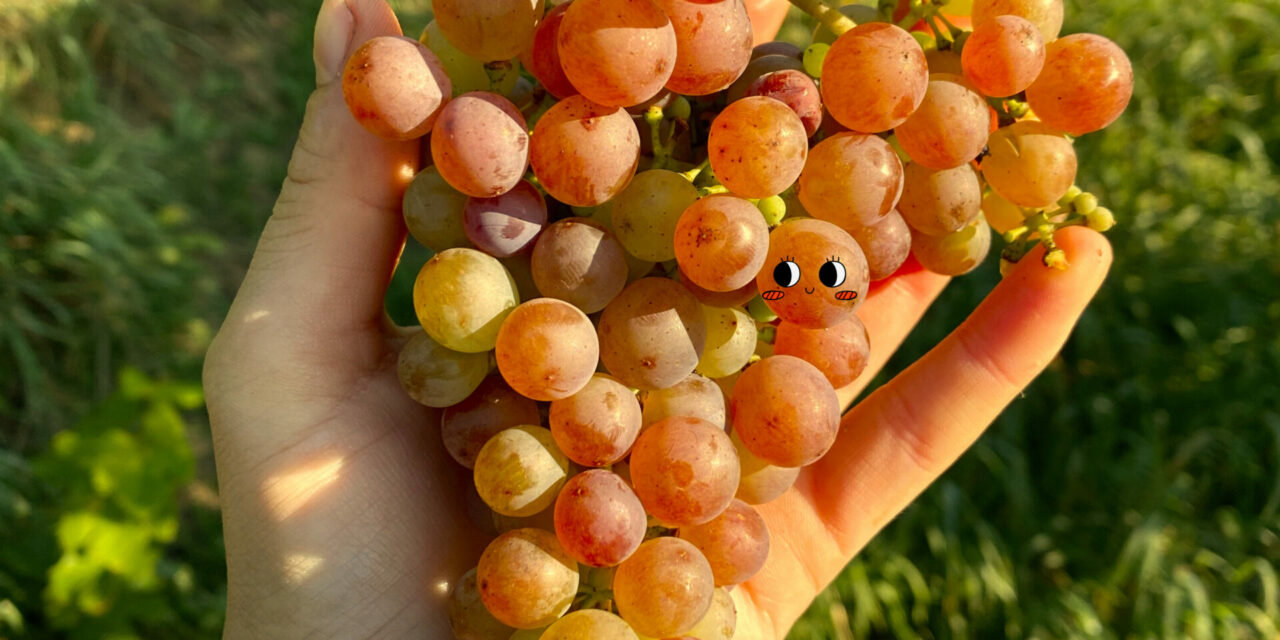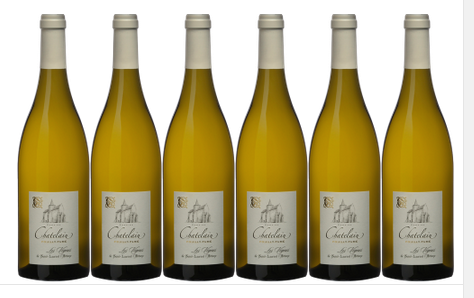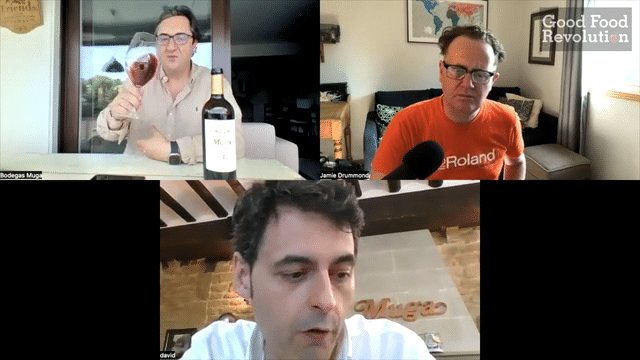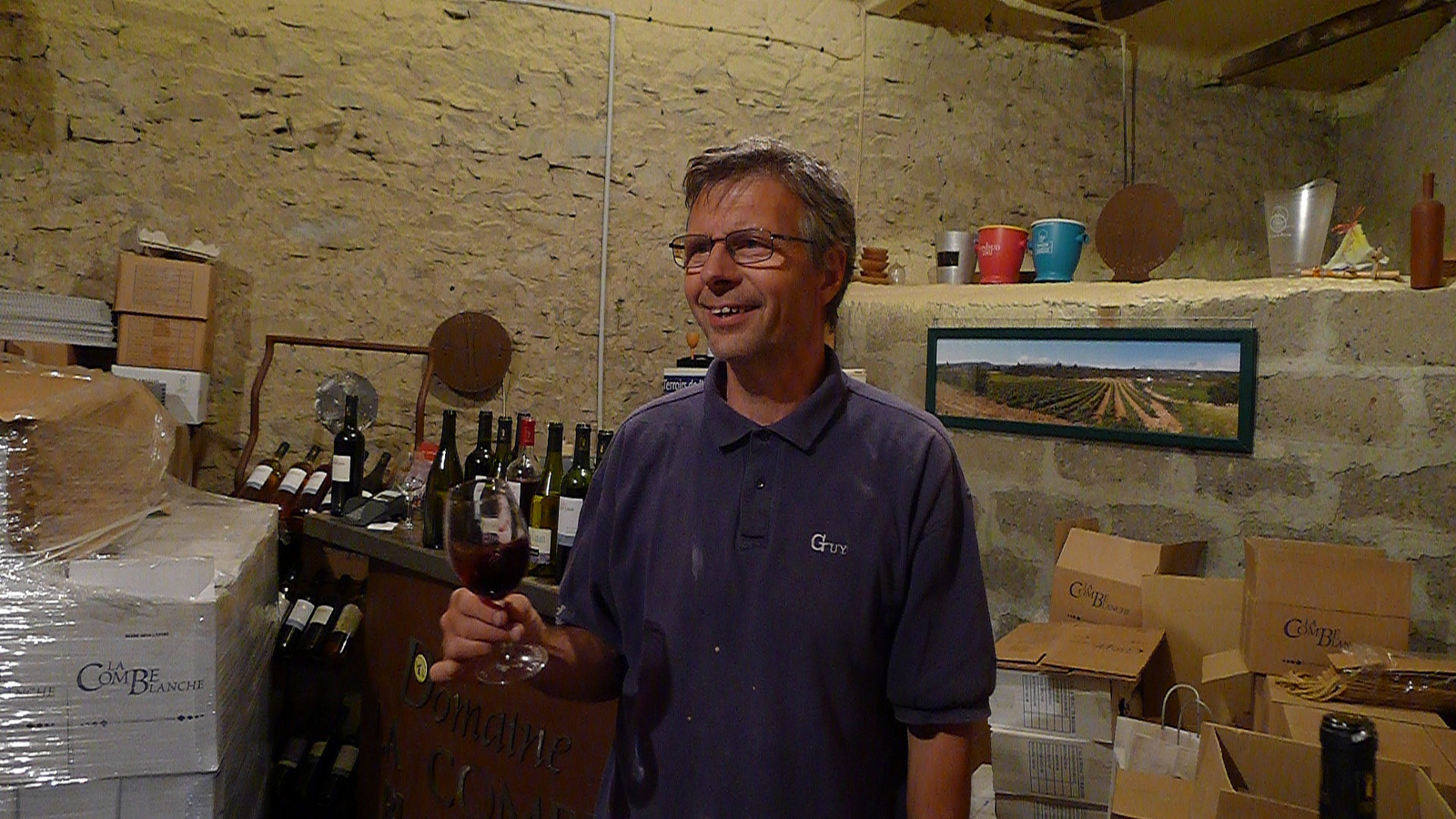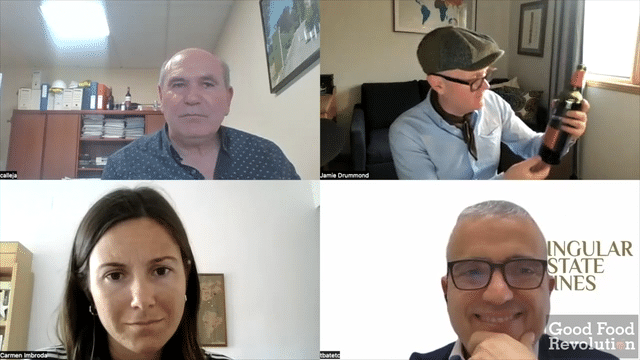This is the story of how one young and thirsty nerd spent years sifting through accessible bottles in both my personal upbringing and career, only to find I was bored. This is a brief letter of admiration and disdain for the history of a beverage that has shaped my life. Modernity in wine is something I’ve begun to reject. Postmodern winemaking held my interest for a time; I remain ever-critical of the movements our wine world continues to make. This subconscious pessimistic fog (I believe it’s technically burnout) blinded me until this September, when I spent my second month in the [often] underrated Franken wine region of Northern Bavaria, Germany, for the harvest season.
Too little technology to numb me, too much time to read non-fiction, and exponentially more time to stand among vines and winemakers, whom I call friends. I reflect on the sea of wine content, education, and intuition that has brought me here. I dissociate within the never-ending pong match of nihilistic and catastrophic thoughts, of steep hillsides and tardy trains. After the massive therapy session among Muschelkalk (fossils, limestone, and dolomite) and vines, I theorize our current wine world as a breathing entity, inhaling and sighing.
Why is it so divisive? There has never been a better time to enjoy wine. In contemporary wine, nostalgia, history, and postmodernism are all embraced. The contemporary wine world is to, on the same day, sip qvevri fermented wines from Iphofen, to imbibe in exciting hybrid wines from North American wineries, and finally, to tolerate a Georges DuBeouf Beaujolais with your hamburger at Chez Lucien. It is not to negate what we’ve learned through the regime of conventional wine, but to resonate and respect the history. In a moment of career exhaustion, I desperately needed a reminder of why I fell in love with wine. That’s when I booked the flight back to Germany. I intend to romanticize wine in its current state, let it fill my heart in the vineyard, and discuss why my favourite German winemakers choose to intuitively evolve their styles regardless of time, energy, and modernity.
First, let’s get brainy: What is modern and postmodern winemaking? As a comparison, it is not simple; like any philosophical jargon, it at times poses more questions than solutions (much like wine itself).
Modern winemaking can be considered ‘conventional winemaking’, a movement in wine that began around the 1970s and has had a proverbial chokehold on the Western world ever since. Wines from this era and beyond are developed to be consistent, more fruit-forward, and oakier. They don’t require much in terms of ageing, making them approachable, affordable even (think, extremely marketable money-making wine).
It focuses on export and conformity (think McDonalds). While traditional winemaking created wines of significant tannic structure, longer macerations, and larger neutral oak barrels (to clarify, this is Western European traditionalist winemaking, not to be confused with wine traditions from literally anywhere else).
Traditional winemaking is the ‘low and slow’ of cooking, but for winemaking. It suggests a lot fewer additives into the wine and, for me, touches down closer to natural wine than conventional wine.
Postmodernism in winemaking cherrypicks from both but favours a scientific approach and the tailoring of chemistry to aid in winemaking. At its worst, it ridicules what culture, history, and wholesomeness is left in viniculture—aspects that I and many others fell in love with in the first place. At best, much like the tumultuous definition of ‘natural wine’, postmodern winemaking has definition variants. Some chain it back to modern winemaking, and many practicing postmodernists would suggest holistic approaches in tandem with technological advances, while others believe there is no longer canon, and there are no real rules. I tend to agree more with the freeing, albeit positively nihilistic, views of the latter, but with one key drive home: we are in a new era of winemaking.
Natural wine has existed before conventional wine, and it will exist after. The wine drank in the old world, the traditional winemaking technique, was natural wine. Industrialism had not yet placed its consistent and calculated hand upon viniculture. Even in the newly popular Blue Zones documentary series, regarding eating wisely, they show that in those Blue Zones (where there are the highest rates of population reaching centenarian status) enjoy one or two glasses of wine a day among friends and family. However, our host, Dan Buettner, reminds the audience that it’s not just any wine; it’s natural wine.
No additives, no preservatives, and no added sugars.
Natural wine isn’t going anywhere, and it isn’t a trend; It’s a universal cultural phenomenon.
To be continued in Part Two next week.

